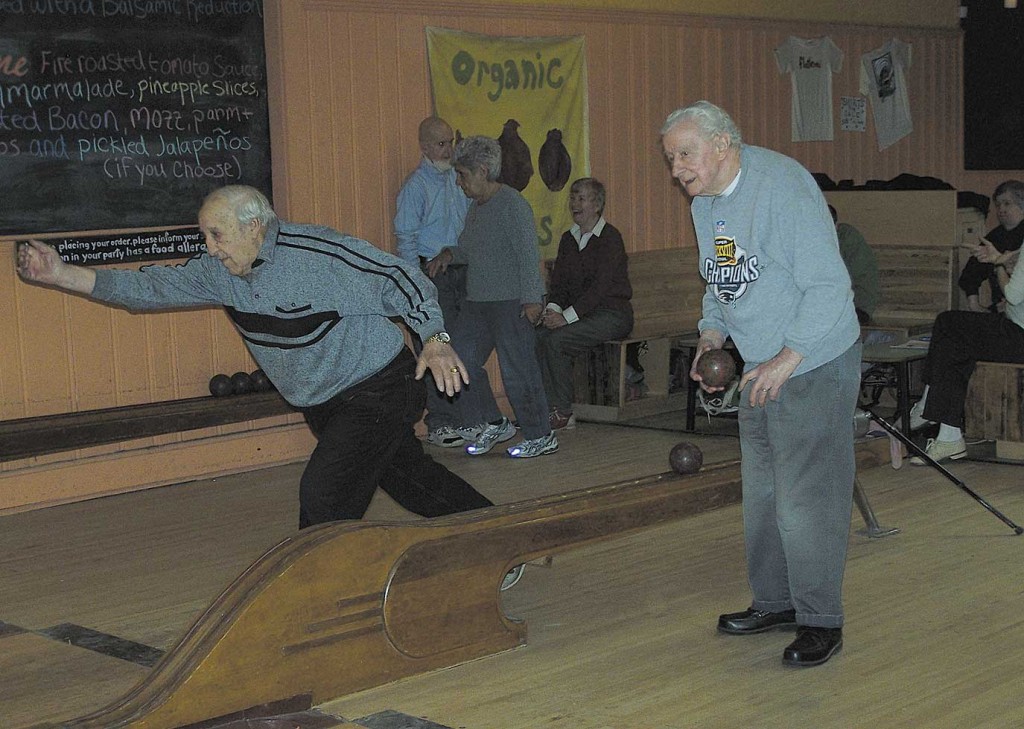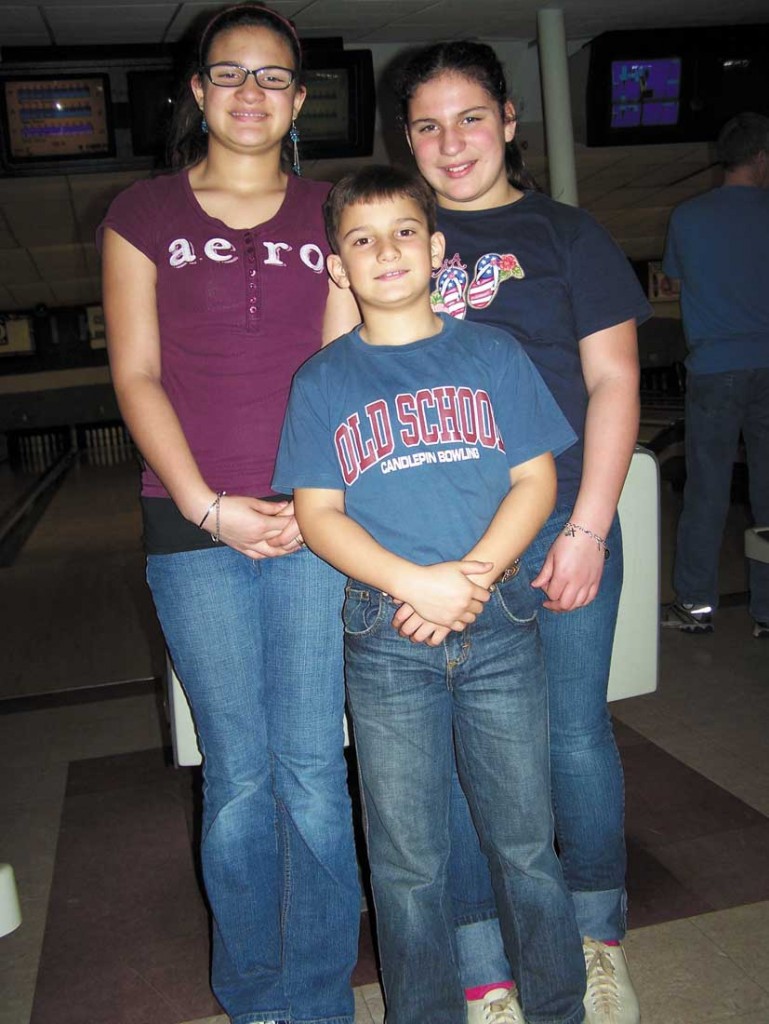
Members of LVA board include Bill Stern, Pat Flynn, Bill Johansen, Phil Schaefer, Alan Clou, and Warren Winslow. Not present were Bob Edwards, Adam Forstall (LHS student webmaster) Bill Kennedy, Matthew Pica, Charlie Shock, and Tim Whitson.
By E. Ashley Rooney with Photos by Peter Lund | As most of us know, the first shot of the American War for Independence was fired on the Lexington Green. Years later in 1971, 450 anti-war protesters occupied the historic Lexington Green and refused to leave. Early Sunday morning, they were all arrested, tried, convicted, and fined $5.00 each, and continued their march to Boston. No wonder Lexington figures in the history books.
One sunny April morning, I sat with a group of board members from the Lexington Veterans Association (LVA) and listened to battle-tested Pat Flynn, who served in World War II, Korea, and Viet Nam and received 7 Purple Hearts. He laughed as he said his friend told him, “You finally learned to duck!” Most of the others in the room had served in the Armed Forces during Korea, the Cold War, and Viet Nam.
The sun didn’t seem to be so bright when Pat, an avid skier, told us what it was like as a 18-year-old to land in North Africa (when he had been promised a mountaineering unit) during World War II. From there, he went to southern France and then to Italy, where he helped to liberate Italy in the battle at Monte Cassino. “It was cold when I climbed those hills. A man asked me what I wanted and I said coffee. That was the first time I had coffee without cream and sugar. We got hit badly, and I couldn’t walk. I came down on a mule and was shipped to a hospital.”
Sometimes I wonder if that patriotism still exists today. People sit through the Pledge of Allegiance. We don’t salute the flag as often. Few people turn out on the Lexington Green when our soldiers come home or for our Memorial Day salute. Several years ago, Governor Romney greeted the 181st infantry regiment returning from New Orleans after the Katrina floods. Present only were the governor, his aides, a few parents, and the exhausted soldiers.
When my son (LHS 86) enlisted, at least two friends told me he was making a foolish mistake. I wasn’t wild about it either, but I was proud that he wanted to support his country. His foster brother followed him and learned how to live with structure. As LVA board member, Alan Glou, says, “The military experience gives structure. It gives you a different perspective. You learn how to share responsibility and how to rely on others.”
Listening to Pat’s reminiscences, I realized how rare it is hear our service men and women discuss their stories. Yet those very stories of sacrifice are part of our history. Putting aside the question of whether the war was or is right or wrong, our military men and women and their families are making monumental sacrifices to ensure that our country remains free. We owe a debt of gratitude to those who have paid the ultimate price for us as well as those who are fortunate enough to return.
Bill Johansen, chairman of the group, says, “The Air Force straightened my life out. It got me to college and gave me my career. Alan Glou added, “When you are in the service, you realize this country is a beautiful place.”
Lexington has a thriving Lexington Veterans Association, which meets monthly at the Cary Memorial Library and is open to the public. During our discussion, LVA board member Bill Stern said, “You can’t live in Lexington without strong patriotic feelings and a love for America. A few of us got interested about having a group to share our experiences.”
The group(lexingtonveteransassociation.com/) grew from informal meetings at the Senior Center where veterans discussed their experiences in World War II, Korea, the Cold War, and Viet Nam. As the group expanded, it needed a place to meet and began meeting at Cary Memorial Library on a monthly basis with speakers on a variety of topics. The meetings are taped, and DVDs are available at the library. Starbucks in Lexington Center generously provides coffee.
Recent programs include “Afghanistan 2008-2009: A Deployment with the Currahees,” “Voyage to the Moon: Apollo, the Great Adventure,” “USMC Helicopter Operations in Vietnam, 1967-1968,†and “World War I: The Final Year of Conflict and the Devastating Impact of the Great War on the European Civilizationâ€
Another board member and retired Lexington US history and social studies teacher, Warren Winslow stated, “The group is important because the story needs to be kept alive. It provides an excellent opportunity to hear and learn from superb speakers who recount their stories of military topics and personal experiences.”
Warren Winslow said when his father spoke about his tour of duty in the Aleutians, he met three people who had also served there plus a former high school friend.” Bill Johansen commented, “The best thing in our world is a chance to learn about what is real and what’s going on in the world. People want to tell their story in a nonpolitical way, and all are welcome to hear it.
Please join us for this Program, as all are welcome. Coffee is generously provided by Starbucks (Lexington Center, Scott LeBlanc, Manager). When you patronize this Starbucks coffee shop, please thank them for their long-time, continuing support of the Lexington Veterans’ Association. Also, special thanks to those attendees who bake or bring cookies/cake to our programs: this is greatly appreciated.
- Pat Flynn, who has served as the town’s Veteran’s Agent, said, “We have over 1,000 vets in town. Sometimes they are in dire need of help.”
Bob Edwards
Alan Glou
Pat Flynn
Bill Johansen
Bill Kennedy
Matthew Pica
Charlie Schock
Phil Schaffer
Bill Stern
Tim Whitson
Warren Winslow





















